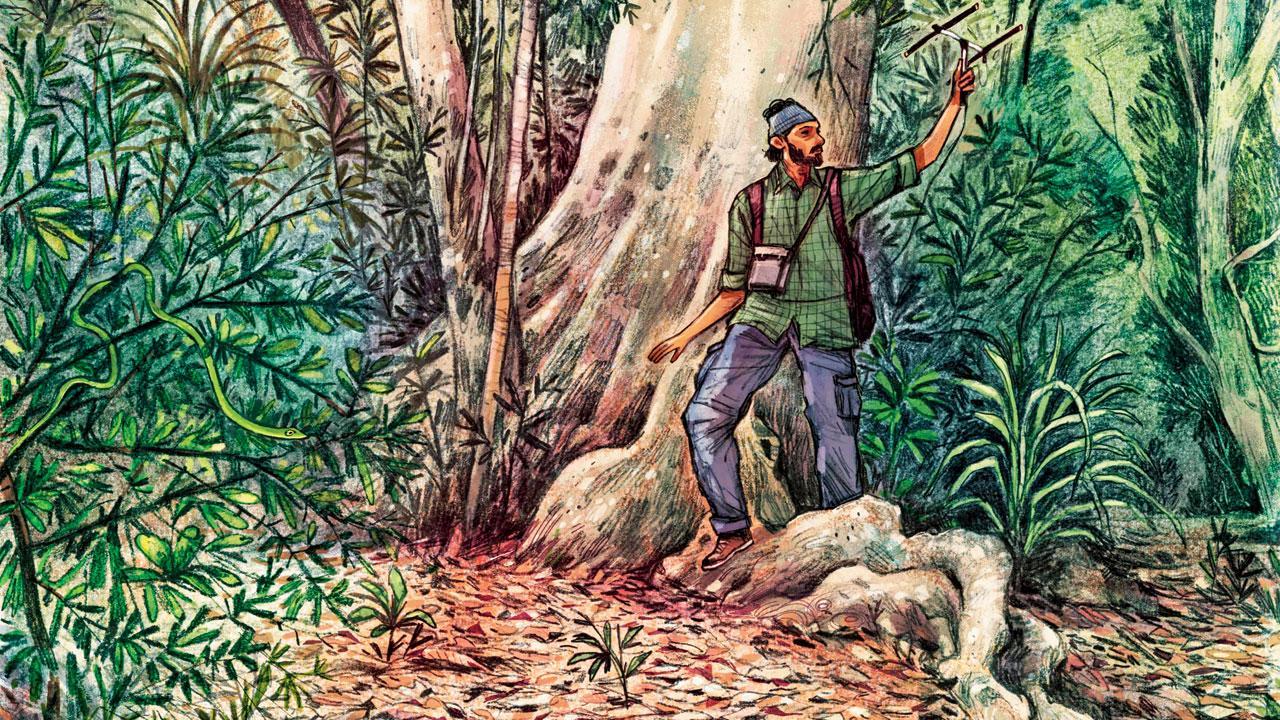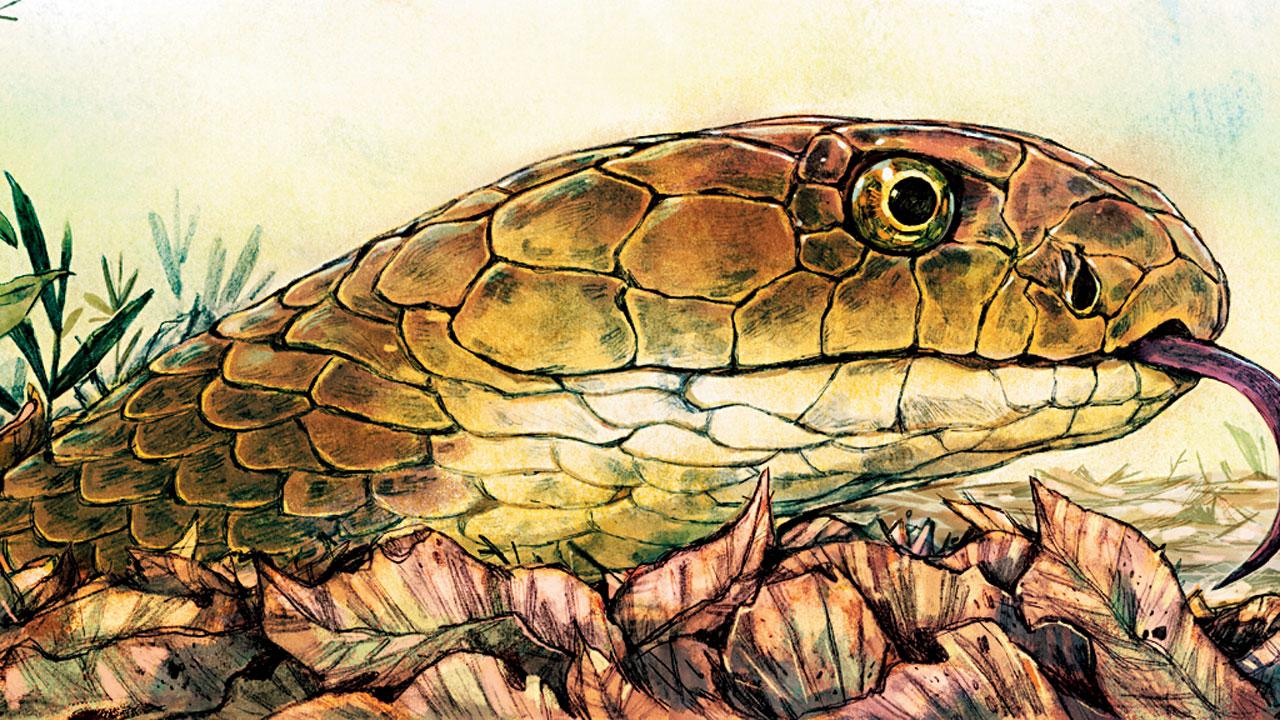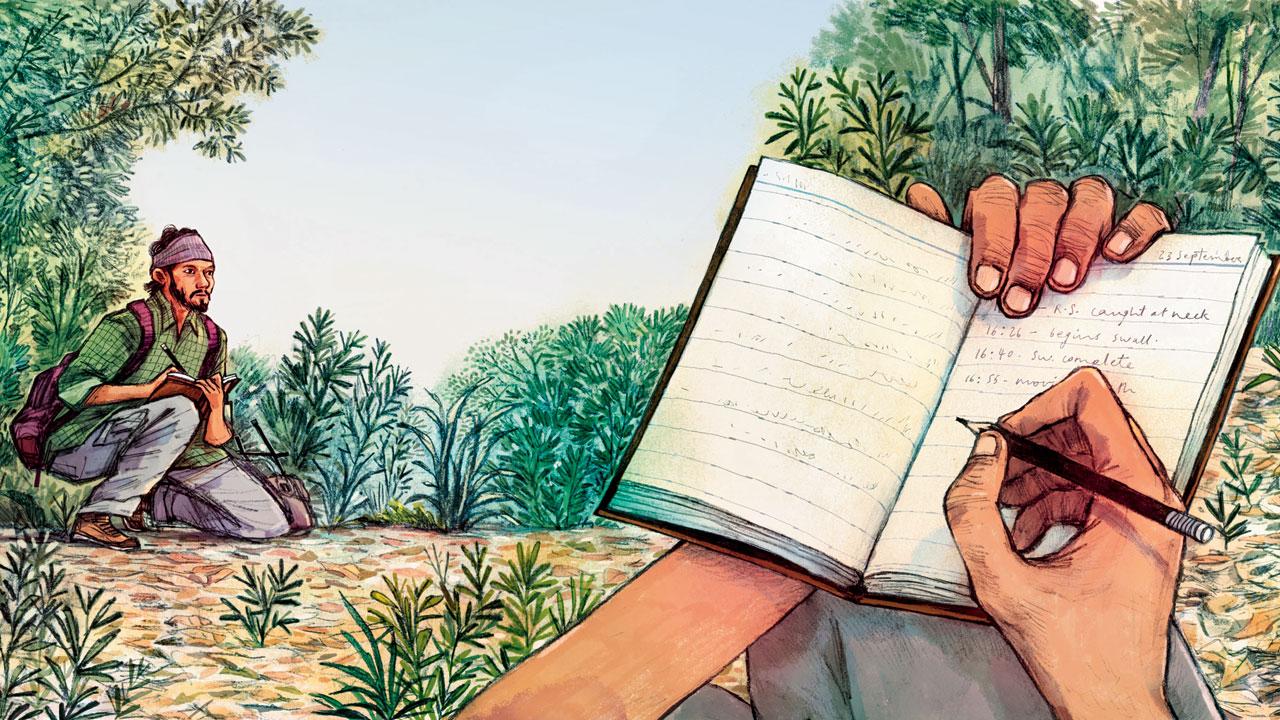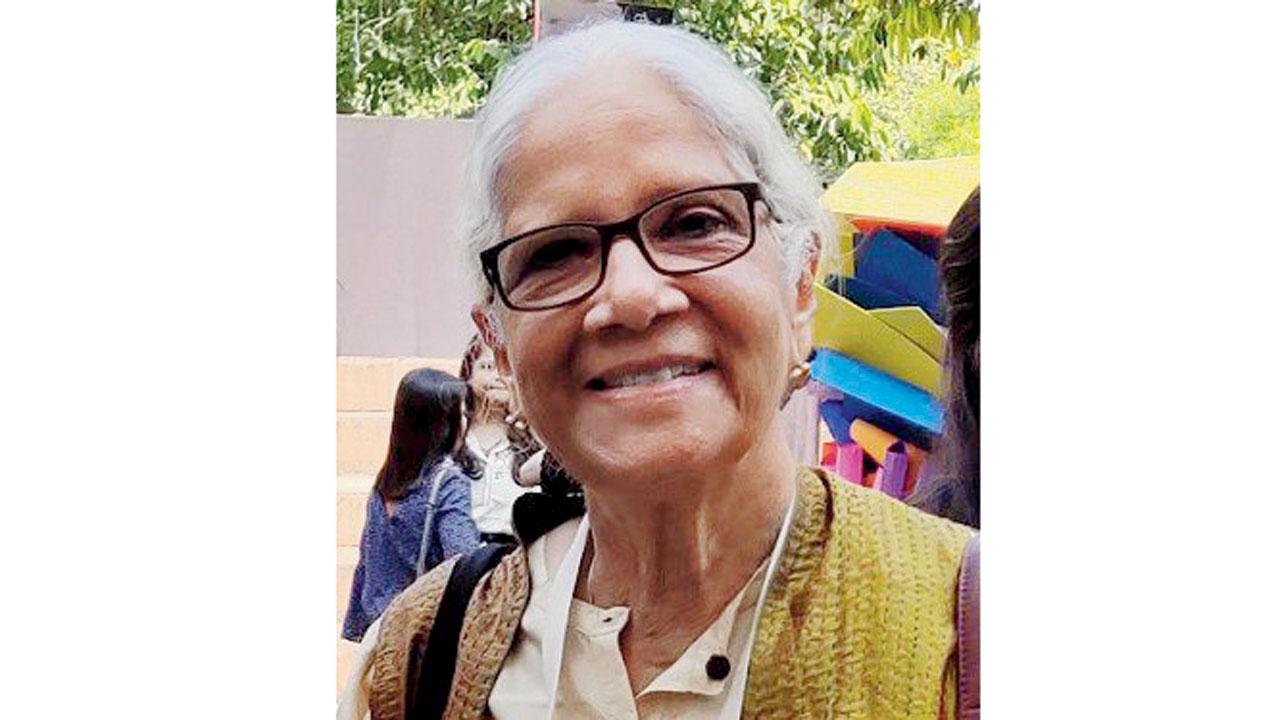A new title for children by naturalist and author Zai Whitaker shines a light on the conservation efforts of Ajay Giri in the lush rainforests of Agumbe in Karnataka. Here are some excerpts from an email interview

Ajay Giri is an expert in the research of king cobras. He began working at ARRS in 2009. Illustrations Courtesy/Rajiv Eipe, Pratham Books/Uday Mohite
How did you come across Ajay Giri?
Ajay is the Field Director of one of our [Madras Crocodile Bank Trust/see box] field stations, the Rainforest Research Station in the Western Ghats [ARRS]. He joined ARRS as a volunteer on our king cobra telemetry project some 15 years ago, and it has been rewarding to watch his growth in terms of his skills as a rescuer; it means handling not just snakes, but people as well.
ADVERTISEMENT
You’ve written extensively about wildlife and the environment. Why was it important to share his story, especially with young readers?
Well, for one, he’s a great role model for children; a conservationist who has both the knowledge and passion to be effective. Also, as a writer, you want to share stories that move you, and this — his life and work — is certainly one of those stories that inspired me.

In Ajay of Agumbe, you’ve focused on telemetry as a means to study snakes? What makes it a vital field of animal study?
Again, there’s a strong personal element here as well. I find the telemetry studies in our field stations — ARRS and the gharial study on the Chambal — fascinating, and have been lucky enough to see them in action for many years. It’s an amazing tool for animal study, especially cryptic species that are otherwise hard to observe. Although my role has been mostly limited to that of a desk babu — applying for permits and licenses and writing reports — I’ve also been on the field enough number of times to feel the stabs of excitement as an animal is located using this simple, but clever piece of equipment.

What was Ajay’s reaction when he saw the first copy of this book?
The book is currently on StoryWeaver, and is due to be printed soon. So, Ajay has seen the PDF. Both of us are stunned by Rajiv Eipe’s illustrations, particularly the way he has captured Ajay’s gestures, expressions, movements, and of course, his portrait! Rajiv visited ARRS last year while I was there, with his sketch pad and pencil: no camera. He was constantly doodling away, in a casual sort of way, and has done a fantastic job for the book; better than a camera could possibly have.

Could you tell our readers about the natural wonders of Agumbe?
Agumbe is a gem within a gem in the Western Ghats with magic species like the draco or flying lizard, dancing frogs, king cobras, beautiful birds like the trogon and hornbill. A black panther has been camera-trapped at the ARRS gate, and giant squirrels chuckle loudly in the canopy. The place makes for a great visit for people who are especially interested in rainforest ecology, and even more interested in being educated than watching TV during a holiday!
Log on to: pratham.org
About the Madras Crocodile Bank Trust (MCBT)
Over the last 40 years, apart from its main location for conservation and scientific research, the Trust has built four research centres in some of India’s most sensitive and diverse habits. These include Centre of Herpetology in Chennai, the Andaman & Nicobar Environmental Team (ANET) in South Andaman Island, the Gharial Conservation Alliance (GCA) in the Chambal River and the Agumbe Rainforest Research Station (ARRS) in Karnataka’s Western Ghats.
Log on to: madrascrocodilebank.org
 Subscribe today by clicking the link and stay updated with the latest news!" Click here!
Subscribe today by clicking the link and stay updated with the latest news!" Click here!







